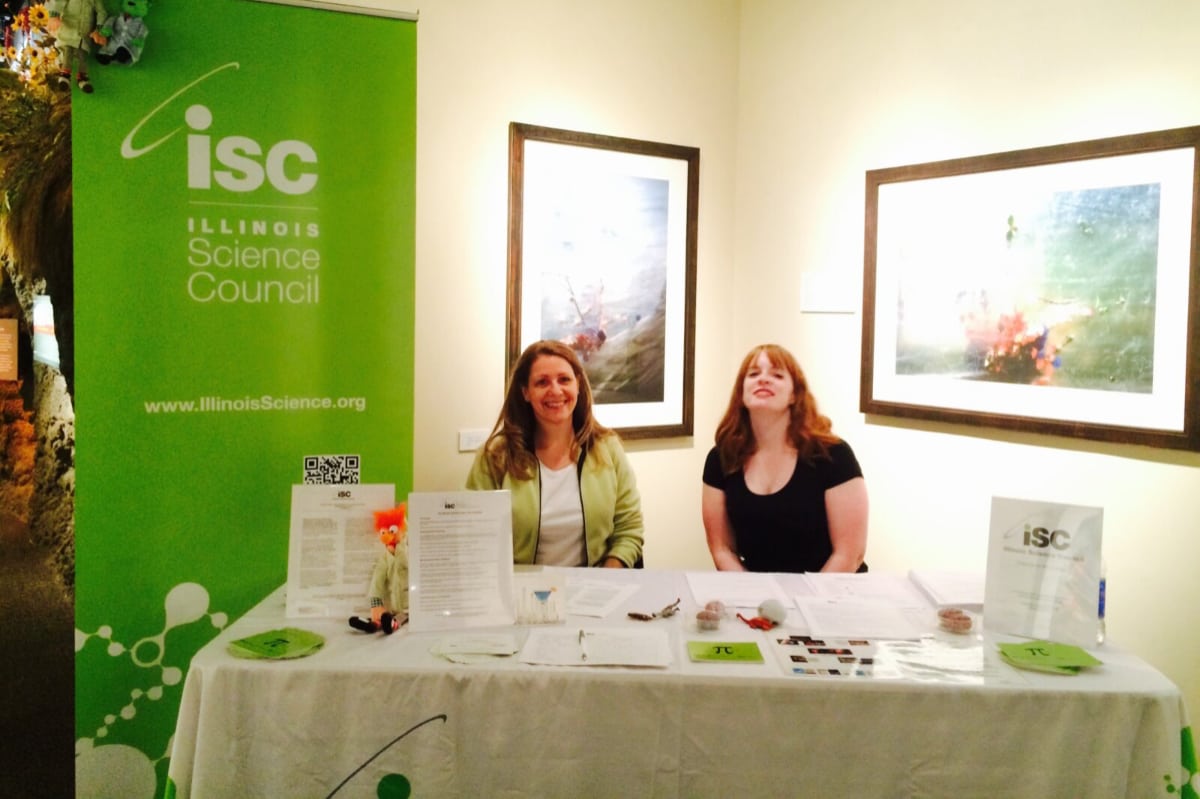On April 8th, 2024, a total solar eclipse will sweep across North America, from Mexico to the Maine-Canadian border. For those who experienced the spectacular solar eclipse of 2017, this one will be similar, crossing the United States from west to east and passing...

Our genes control everything from our height and hair color to our chances of developing cancer, heart disease and any number of other conditions. Sometimes it can seem like our genes rule our lives, but what if we could turn the tables and edit our own genes?
Scientists have used a tool called CRISPR-Cas9 for years to change the DNA of bacteria, plants and animals. Now, some researchers have started using this tool in humans to treat diseases that were previously uncurable. But as promising as this tool is, there are a lot of potential negative consequences, too.
CRISPR stands for Clustered Regularly Interspaced Short Palindromic Repeats (but you don’t need to remember that). It’s a particular pattern in the organization of DNA building-blocks. This pattern acts like a huge, flashing alarm to Cas-9, a protein that can cut up DNA. Cas-9 can attach itself to the DNA sequence using a special RNA molecule that has the same pattern. The RNA and DNA fit together like a zipper and this lets Cas-9 recognize and cut out that part of the DNA.
After this system was discovered in 2012 in bacteria, scientists quickly started using CRISPR-Cas9 for their own research. Previously, there had been other ways to edit DNA, but these methods either required weeks of breeding animals before the changes took hold, or they encountered severe limitations on how big the gene they wanted to edit could be and where on the gene it could be edited. CRISPR-Cas9 solved a lot of those problems. With a little tweaking of the Cas-9 protein, scientists could use CRISPR-Cas9 to not only delete genes but also add and change genes, as well!
In just a few years, scientists began using CRISPR-Cas9 on hundreds of different projects. Scientists at Imperial College of London, for instance, used CRISPR-Cas9 to create mosquitos that were unable to procreate so they couldn’t spread malaria. Conservationists have used the system to study how coral reefs are affected by climate change. A group of researchers in Brazil and Ireland has even created naturally spicy tomatoes by inserting the gene for capcasin (the molecule that gives peppers their heat) into the genome of a tomato.
Despite this surge in the use of CRISPR-Cas9 in animals and plants, doctors were slow to adopt the system as a way to treat genetic diseases, and for good reason. As powerful as CRISPR-Cas9 is, it requires scientists to know exactly which gene they want to change. For many diseases, even if we know that they are genetic, we don’t know which gene is the culprit. This means scientists need to perform a lot more research into the causes of the disease before a good gene therapy can be made. For a few diseases with very well-known genetic causes, though, doctors got to work creating cures as soon as they were sure the treatment would be safe in humans.
Most recently, CRISPR-Cas9 has been used to treat a form of hereditary blindness called Leber congenital amaurosis. This disease happens when one of 14 genes that are vital for keeping light-sensing cells in your eyes healthy is mutated. Patients with one of these mutations are either born blind or lose their sight soon after birth, and there is no way to restore their sight. A clinical trial at the Oregon Health and Science University is using CRISPR-Cas9 to edit one of these faulty genes, CEP290. For this trial, a special form of CRISPR-Cas9 that targets CEP290 is injected directly into the patient’s eye. It sounds uncomfortable, but this way the gene will only be edited in the eye, and not anywhere else in the body. It’s too early in the trial to report any results, but if it works, this will be the first CRISPR gene therapy used in human patients.
This is an example of CRISPR-Cas9 therapy done right, but unfortunately, it has also been done very wrong. The most infamous example is the CRISPR editing of babies that were born in China in 2018. Scientist He Jiankui used CRISPR-Cas9 to edit the genomes of twin embryos. The twins’ father was HIV-positive, so He removed the CCR5 gene, which codes the protein that HIV uses to enter a cell. The babies were born without issue, as far as we know, but there are many problems with the way He went about making this therapy happen.
It’s not known what the long-term effect of deleting CCR5 will be on the babies. Because the embryos were edited when they were only single cells, the changed gene will be present in every cell in the entire body. This means, unlike the eye-specific CRISPR-Cas9 treatment, any part of the body could be affected by the deletion of CCR5. We don’t know what the consequences of that wide-spread deletion will be.
It’s also very likely that the treatment was unnecessary. HIV transmission from mother to child is very common, but developing HIV from having an HIV positive father occurs only in extremely rare cases. So, even if the children don’t develop HIV, it doesn’t mean that it was because of the CRISPR-Cas9 therapy.
As we start to discover more about the ways that our genes inform our health, we’ll be able to use CRISPR-Cas9 to cure a whole host of diseases that were previously untreatable. But we have to rigorously check the data to justify the use of this technology. So, when the next big CRISPR cure comes along, look into how the scientists decided which gene to change and whether they know what the full effect of this change will be. CRISPR-Cas9 may have given us the power to change our genes, but with this power comes the responsibility to do it right.

Maggie Colton is a 4th year undergraduate at the University of Chicago studying cancer biology. When she’s not in the lab, she enjoys baking and playing her tuba.






